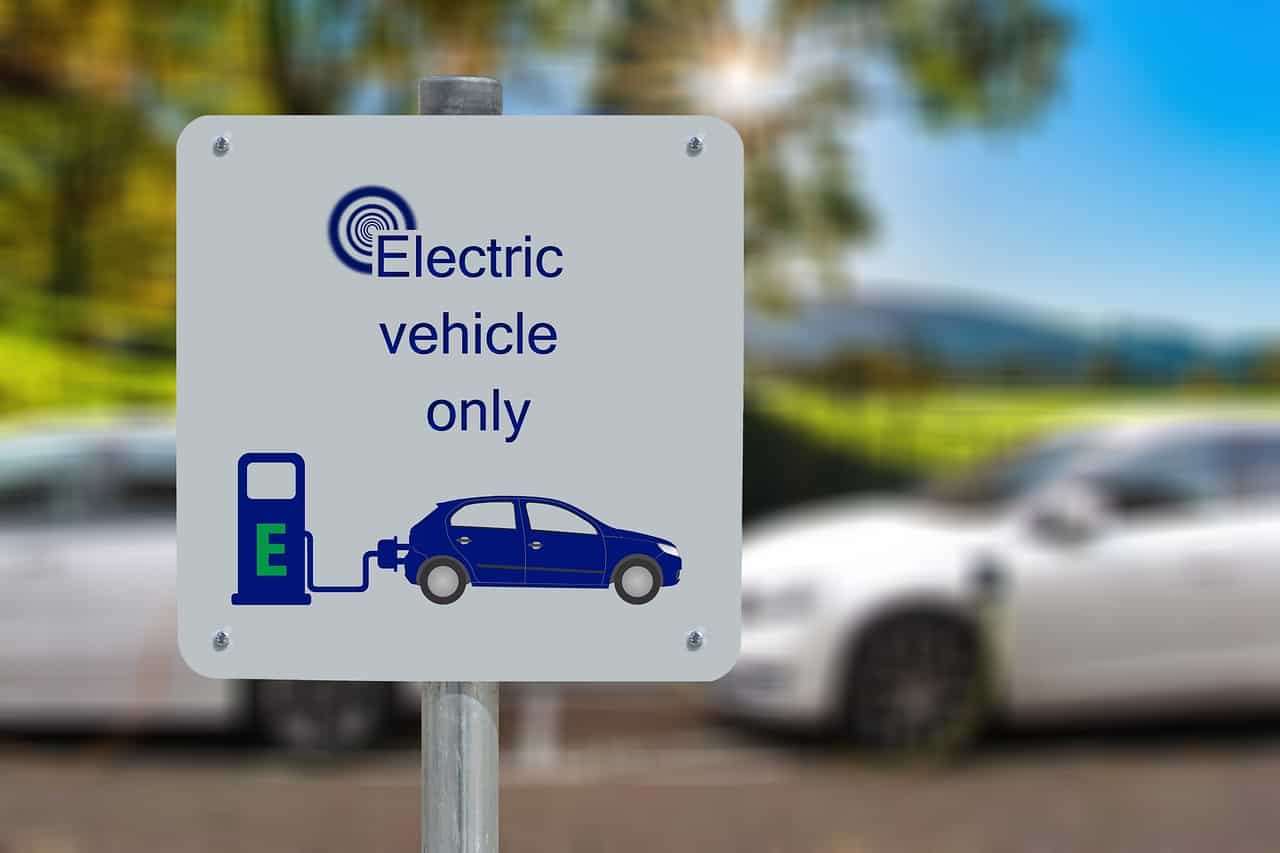Welcome to the new EV Smart Charging rEVolution column!

I’m Julian Skidmore, a senior software engineer at Versinetic and helping to develop our EV – electric vehicle – charging solutions.
We’re a progressive embedded consultancy with an interest in EVs going back to 2012 when we designed and supplied EV chargers for the London Olympics. I’ve had a 2016 Renault Zoe EV since 2017 and over 20% of us who drive into work use a BEV [Battery Electric Vehicle].
In this monthly series, we’ll be covering EV innovations and our experiences with EVs, particularly from the perspective of EV charging and the charging infrastructure, which we believe is the other half of the EV revolution.
OK, introductions over – and onto the first column…
EV smart charging forecast for 2020
Here’s my take on a couple of key trends I expect to impact the UK’s EV smart charging landscape over the next few months.
To clarify, I’m assuming that until the transition period is over, the UK government won’t cut EV subsidies.
Strong upward trajectory for EV sales
At the beginning of this year, the Guardian proclaimed 2020 the Year of the Electric Car [1].
On that basis, in the year ahead, BEV sales are likely to grow by the same amount as they have done this year, about 140%. This means that, whereas in 2019 we were predicting that BEVs will start to overtake PHEV [Plug-In Hybrid Electric Vehicle] sales, this year we can predict that in at least two or three months (including December), BEV sales will exceed HEV [Hybrid Electric Vehicle] sales and these will be in the latter half of the year.
In addition, PHEV sales will decrease by another 12% (making BEV sales 3x those of PHEV sales). The cannibalisation principle where the BEV market eats the PHEV market will become more evident in 2020 (but not yet for HEVs).
Regional emissions initiatives, such as those in London, Birmingham, Derby and Nottingham will boost the sales of EVs, particularly second hand EVs as runabouts where range is not critical. In addition, second-hand market for EVs will grow, because early adopters also have a rapid churn as they discard their previous models for the latest larger battery models. Nevertheless, second-hand EVs will hardly go down in price, because the demand for EVs is still far higher than supply.
Furthermore, because the second hand market for EVs will grow, it also means that the market for independent EV expertise will grow (this is already the case).
Because batteries are getting cheaper and lighter ($156/KWh in 2019 [2]), we can expect to see EV applications diversifying. There will be an increase in the number of both electric cross-over bicycles and importantly EV mopeds will start to become significant in the market [3] [see entry for MotoGP at £2299]. Full EV motorbikes are still too expensive for mainstream riders.
The growth in EVs needs to be proportionally matched by the growth in the public charger infrastructure. The cost effectiveness of AC chargers will push more shopping centres, pubs and car parks to invest and they will start to base their installations on projected growth over the next few years. Creative mechanisms for funding charging systems will start to appear.
Monetising of Charging Systems
Currently, charging systems – whether they’re AC or DC – aren’t very profitable. That’s primarily because EV efficiency makes travelling via electricity really cheap.
As battery density goes up, EV weight comes down and chargers proliferate (leading to cheaper, shorter range EVs) and efficiency will continue to go up. This will make it harder for charging systems to become more profitable.
The main problem here is that, by considering only the cost of electricity, we ignore how EVs positively impact the rest of the economy: people with EVs then have more money to spend on other items rather than fuel. For example, if a pub owner installs an AC charger, then the money earned from charging will be dwarfed by the income from people eating in the pub. If a shopping forecourt installs chargers, then not only will it attract EV owners (obviously, from experience the sheer number of times one meets another EV owner who has just charged, or is about to, as you leave), but it means that they’ll boost the economy of the shopping centre itself.
The key to being able to make chargers pay, then, is by being able to link charging activity to economic benefits, rather than by making EV owners pay over the odds for electricity. For instance, by contrast, if you charge 30p/KWh for electricity then EV owners are incentivised to charge at home rather than en-route. This means they stay for shorter periods at forecourts and spend longer periods leaving the car at home.
In addition, for forecourts charging systems should be AC in order to encourage people to stay longer (i.e. to behave as they naturally would if they weren’t charging).
For example, on every charging unit, users ought to be able to tell the forecourt they’re charging. They would tap their debit card (or phone) on the unit and this potentially doesn’t cost them anything, but it allows any shop to register that you’re charging whenever you buy something. A dividend (or cost) is then returned based on how much you pay for compared with non-EV customers.
Let’s say, for instance, that the average trip to a forecourt is 4 miles – thus, the round trip is 8 miles. At 10 miles per litre for a normal car with £1.24 per litre of petrol, then that’s 8*12.4p = £0.99. An EV can get 4 miles / KWh, so the journey cost is 24p.
Theoretically, the EV owner has 75p more to spend somewhere in the economy. Therefore, if they spend less than a non-EV owner at the forecourt, they’ll pay to charge at the standard electricity rate. However, if they spend more than (e.g.) 3% of the extra is returned as some kind of rebate. So, for example, they spend £10 more than a non-EV owner, then they get a rebate of 30p, enough to pay for 10 miles of charging.
These figures, of course, are unimportant; what matters is being able to link public charging point activity to economic gains elsewhere in the system. Significantly, this method provides an incentive for shopping centres to install more AC chargers and an incentive for EV drivers to use them. It also provides a rationale for how we as developers can monetise AC charging systems by potentially making use of these same economic gains.
Next Time on the EV Smart Charging rEVolution…
In February’s rEVolution, it’s hugs all round as we share the Joy Of Charging.
Who knew..? 😉
Further reading
[1] https://www.theguardian.com/environment/2019/dec/25/2020-set-to-be-year-of-the-electric-car-say-industry-analysts
[2] https://about.bnef.com/blog/battery-pack-prices-fall-as-market-ramps-up-with-market-average-at-156-kwh-in-2019/
[3] https://www.motorcyclenews.com/advice/best/electric-motorbikes/
How can Versinetic help you today?
From start-ups to blue chips, Versinetic’s embedded systems software developers are enabling companies to stay a step ahead by providing them with bespoke solutions. Maintain your competitive edge – contact us today and let your business be among them!




